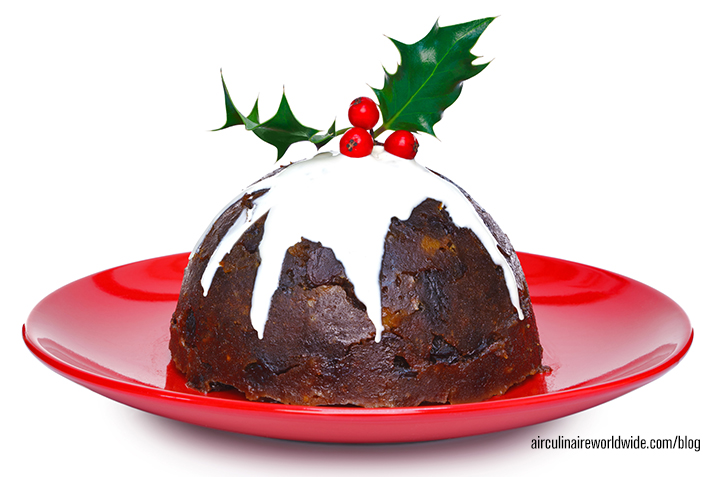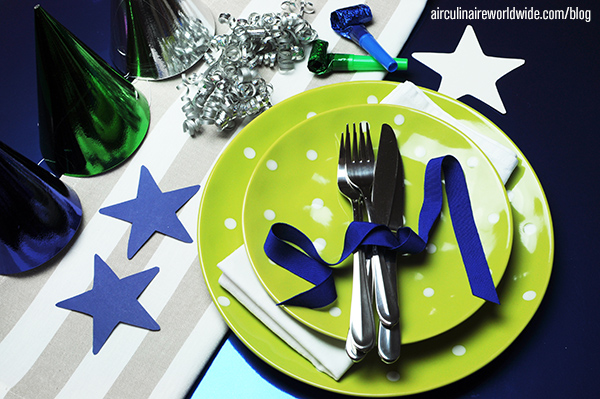Have you ever wondered why chocolate tastes so good and gives you that “feel good” factor? Well it is all down to the serotonin and endorphins that are released when eating chocolate that have been proven to give us that feeling of well-being.
That seems like a good enough reason to eat chocolate to me, but is chocolate actually good for us? There is much research to prove that a small amount (approximately 10 grams) of good quality dark chocolate (minimum 68% cocoa solid) consumed on a regular basis will promote health and well-being. I was lucky enough to work with a Head Chocolatier who, 30 years ago, told me this and to this day he looks 20 years younger than his age and is in exceptional health!
How is chocolate made?
Chocolate production follows a process very similar to that of coffee production. The cocoa pods are grown in rainforest areas and, when ripe, they are harvested by hand using a machete to split the pod open. Then the white pulp containing the cocoa beans is scooped out. The pods are harvested twice yearly.
Venezuela produces the finest quality bean the “Criolla” bean; this bean only accounts for 3% of the world’s cocoa crop! The pulp is put into wooden containers and allowed to ferment for 5 – 7 days. After fermentation, the beans are laid out to dry naturally in the sun before being placed into sacks for transportation to the manufacturer.
Roasting is the next stage of the process and this is carried out usually in Europe or North America by the manufacturer. This is often kept a secret as they formulate their own secret recipes to make their product unique.
The next step is the “winnowing” of the beans to remove the shell from the beans to leave the “nibs.” After this, the nibs are ground between stone rollers to produce a paste known as “cocoa mass,” containing cocoa solids and cocoa butter (the natural fat).
The final stage of the journey is the tempering of the chocolate by the chocolatier, this gives it the shine that indicates the quality of the product.
Next come perhaps the best part of the process; the tasting of the chocolate! This is equally as enjoyable as wine and coffee tasting, but you with chocolate you don’t have to spit it out! You need to engage all your senses in order to assess the overall flavour.
Chocolate Tasting
Visually, it should have a high shine/gloss to it with no air bubbles. Upon breaking the chocolate, you should hear a loud snap indicating its quality. Smell is very important when tasting anything, as 75% of taste is through smell. So, take in the aroma. Does the chocolate feel smooth to touch or is it coarse? Finally, allow a small amount of chocolate to melt on your tongue, covering all areas to stimulate all the tasting parts of your tongue. It should be smooth and creamy, not coarse and grainy.
Raw cacao is very bitter making it virtually inedible and not a pleasurable tasting experience. Good quality chocolate should contain a minimum of 68% cocoa solids to give the best flavour.
The Air Culinaire Worldwide London team will be hosting a chocolate tasting event on March 15, 2016 at Farnborough, so if you are in the area and want to taste some great chocolate why not call in on them? In the meantime, here is a recipe for you to try:
Recipe: Chocolate Sauce
- 9 oz. (250 g) Best quality dark chocolate (68% cocoa solids or above)
- 3 fl. oz. (6 T) Water
- 6 oz. (170 g) Golden Syrup
- 5 oz. (150 g) Single Cream
Method
- Take a heatproof bowl that will fit into a pan without touching the bottom. Put a small amount of water into the pan, ensuring the bowl does not touch the water when it is placed in the pan. Bring the water in the pan gently to a boil. This will create a bain-marie for the bowl.
- Break the chocolate into small pieces and place into the bowl with the water and golden syrup. Place the bowl in the pan over the hot water and stir well until the ingredients have melted and mixed together well. Remove the bowl from the pan and allow the ingredients to cool.
- Once cool, stir in the single cream.
The sauce can be stored in a container in the fridge for up to 2 weeks. It is delicious served warm and poured over ice-cream, brownies, profiteroles or add to hot milk to make a decedent hot chocolate that can be topped with whipped cream and marshmallows! Enjoy!
Questions?
If you have any questions about this article, contact Vivienne Yeoman at vivienneyeoman@talktalk.net.
| This is an article by guest author Vivienne Yeoman, a catering industry expert based in London, England. Vivienne has over 30 years of experience in the catering industry as an Operational Manager. Any thoughts expressed in this article are entirely Vivienne’s and do not necessarily reflect the views of Air Culinaire Worldwide. |
If you would like to be considered for becoming a guest author, please contact socialmedia@airculinaire.com.












